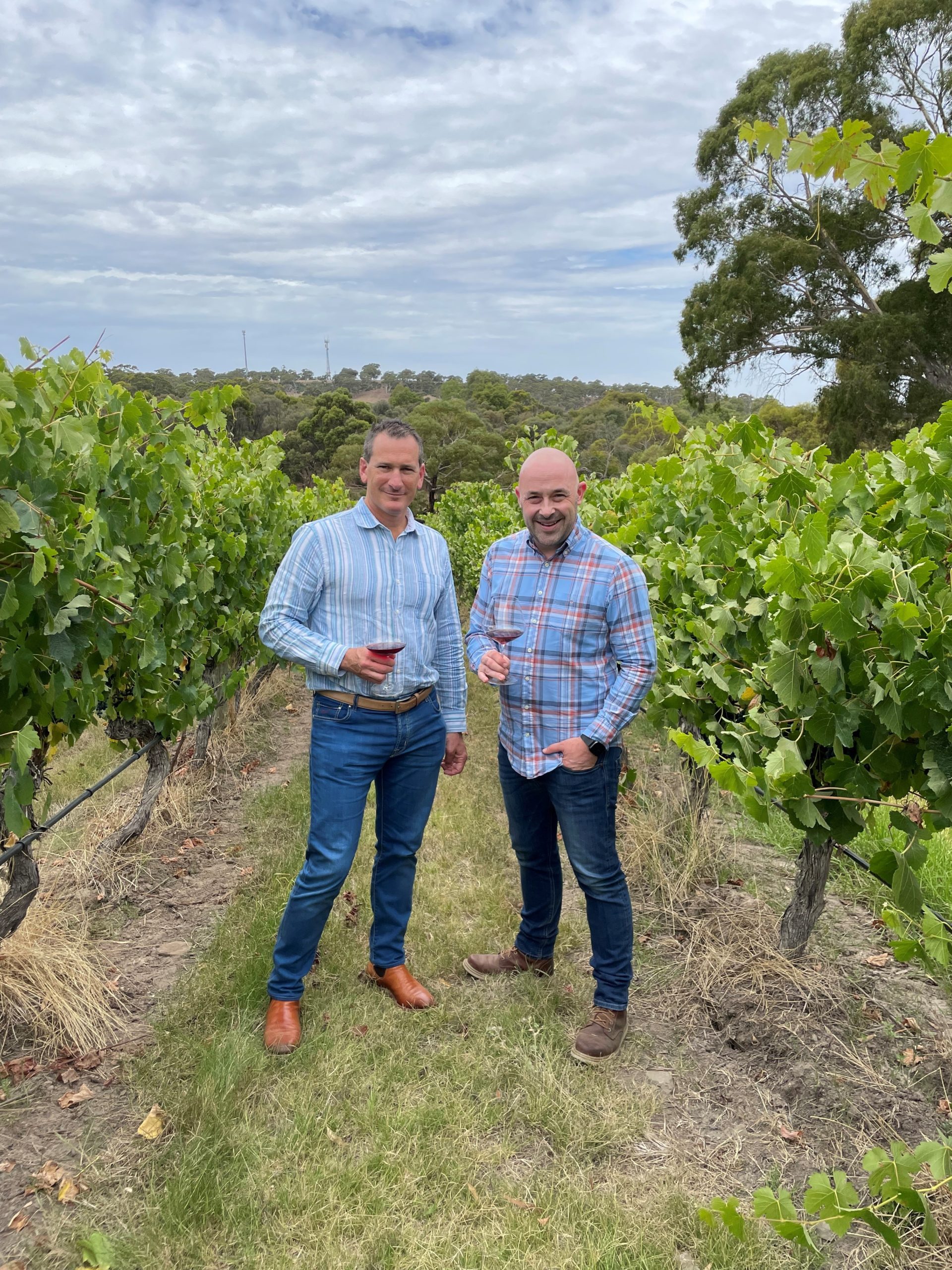Award-winning Longview Vineyard

Italian varietals are on the ascendency in Australian vineyards, and for good reason. Our climate is largely well-suited and our forward thinking and progressive winemakers are proving that they can make Italian native styles as successfully as their counterparts in the country that is famously shaped like a boot.
In recent years, Italian varietals have entered the mainstream Australian vernacular at an increasing rate – think styles like fiano, vermentino, anglianico and arneis in the whites and nero d’avola, sangiovese, montepulciano, nebbiolo and barbera in the reds. They’re wines that have been mainstays of the Italian industry for hundreds if not thousands of years, and wines which have increasingly made their way to Australia to be cultivated in domestic vineyards. To me, it’s surprising that the French varietals like pinot noir, chardonnay, shiraz and cabernet that have dominated our industry when you consider that so many of our leading wine districts have a Mediterranean climate – making them better suited to the Italian native varietals. Perhaps it’s a product of the credibility of the French industry triumphing over the quality and enthusiasm of Italia?
I recently visited a proudly Italian Adelaide Hills winemaker who is making remarkably good pinot grigio, nebbiolo and barbera. Peter Saturno, winemaker and owner of Longview at Macclesfield in the Adelaide Hills is a second-generation winemaker who is focussing on traditional winemaking practices to make wines of exceptional quality. From hand picking to extended maceration and use of large format maturation vessels, Saturno is embracing customary techniques to link with contemporary vineyard management in the pursuit of world class wines. Against that background, it’s no surprise that his 2021 Pinot Grigio recently won the trophy at the Royal Melbourne Wine Show.
Saturno’s affinity with Piedmont styles is unsurprising given his heritage – his Nonna, Tarquinia (affectionately known as Queenie) came from Friuli, the birthplace of pinot grigio and came to the Adelaide Hills in the 1930s only to meet her Sicilian husband, Pietro Saturno, and settle in the region. It was, however, Saturno’s parents, Anne and Leon, who acquired the current Longview vineyards in 2007 and expanded the area under vine. These days, the Longview estate comprises about 60 hectares of vineyards with shiraz, sauvignon blanc and nebbiolo being the dominant grapes. Currently the vineyards have about six and a half hectares of nebbiolo but under Saturno’s stewardship, that will soon increase to ten hectares as the demand for high quality nebbiolo steadily increases.
The Adelaide Hills site has proven to be ideal for growing Piedmont’s premier varietal thanks to a Mediterranean climate, densely compacted ironstone soils and a wide diurnal temperature range – something that Saturno insists is imperative in order for nebbiolo to do its best work. So, will Longview expand its range of Italian wines to popular whites like fiano and vermentino? “No way”, insists Saturno, “Fiano is a Campanian grape. We’ll be focussing on the Piedmont styles like nebbiolo and barbera”. Longview, he says, will “learn from our mistakes and stay the course”. So, it seems to be all good news for lovers of Barolo and Barbaresco wines!
The current release of the Longview Nebbiolo is the 2019 Saturnus which sells at the cellar door with a $50 price tag. On the nose there’s plenty of the “tar and roses” that makes youthful nebbiolo distinctive, but ample brooding cherries and licorice through the mid-palate and some sooty fine tannins on the conclusion. It finishes herbaceous and dry but the fruit lingers and cajoles and urges you to take just another sip. It’s definitely less tannic than most of the Barolo wines I’ve tasted in the past and is fresh as a daisy in its relative youth.
Australians love diversity and it’s no different when it comes to their wines. We’ve collectively had enough of the same-same French styles that have largely been made overly sweet, flabby at times and lacking in structure – especially at the value end of the spectrum. The natural acidity and tannin of Italian varieties seem certain to appeal to our sophistication-seeking palates while their overwhelming value will entice our wallets to open. If you haven’t yet braved the challenge of trying something new, I reckon now might be the time – before the quality and distinction of the Italian products like those from Longview sees their ticket prices begin to head north.